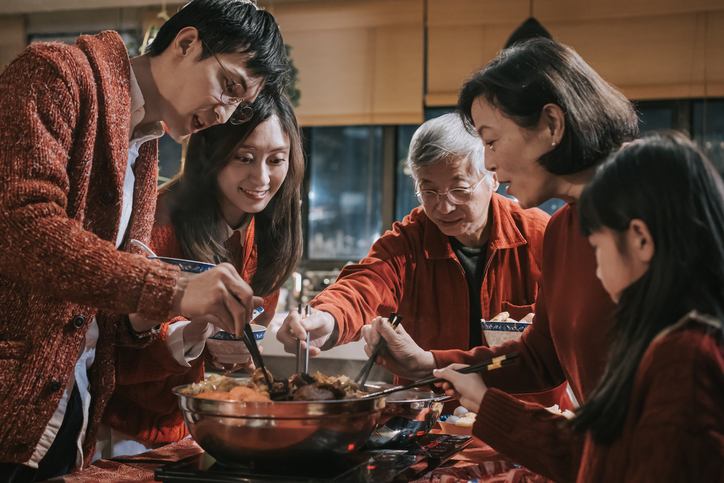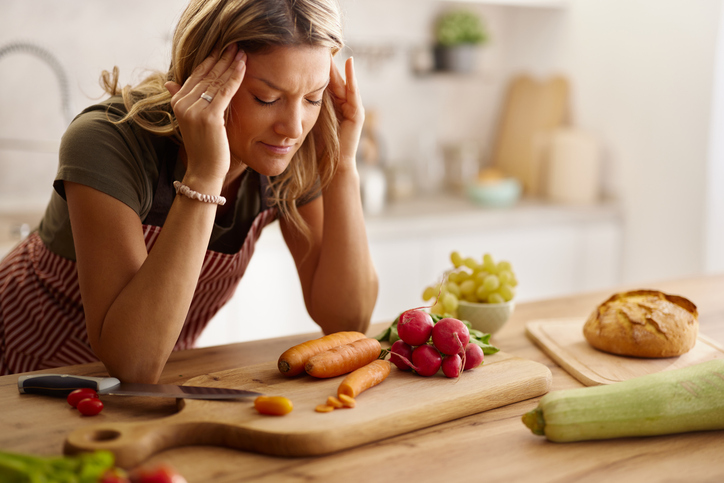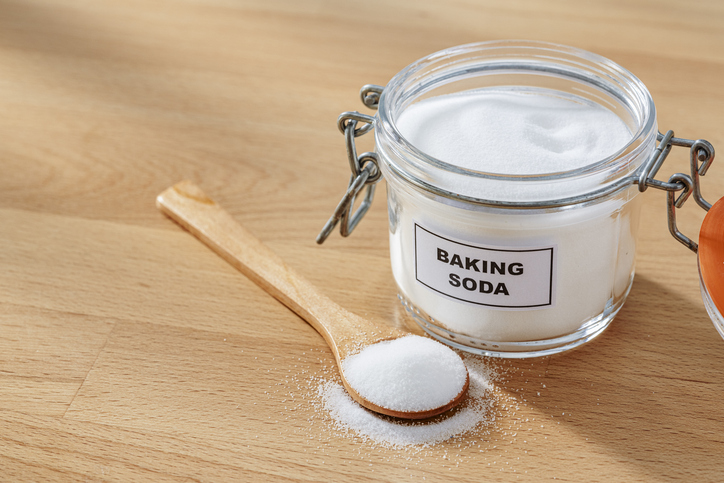Thanksgiving is just a few days away, so let’s get ready for the big day! In this blog post, we are going to explore the nutritional benefits of some popular Thanksgiving dishes and answer the question everyone has after the festivities are over – what do I do with my leftovers?
Green Beans
No Thanksgiving meal is complete without a side of greens! One serving of green beans gives you 27% of your daily intake of vitamin C – and that’s not all! You’re also getting a healthy helping of vitamin A, vitamin B, calcium, and magnesium. Did you know magnesium can help your body build muscle and make you feel more energetic?

Mashed Potatoes
Who doesn’t love a tasty spoonful of mashed potatoes? Well, you should know that in that spoonful you’re getting a lot of nutrition too! Potatoes are a good source of vitamin C One medium-sized potato provides 45% of your daily Vitamin C intake. Potatoes are rich in vitamin A, iron, and vitamin B. Try a recipe without salt and butter! Mashed potatoes are really flavorful on their own or with green onions or parsley on top.

Turkey
Let’s take a closer look at the centerpiece of the average Thanksgiving meal – the turkey! As you may have guessed, turkey is a good source of protein and potassium. You may not have known however that turkey also has vitamin B, iron, and Phosphorous!

Tofu
Interested in going meatless as your new year’s resolution? Try it out on Thanksgiving by substituting tofu for your turkey! Tofu can be cooked in a variety of flavorful ways and comes with a ton of nutritional benefits including a lot of calcium, iron, magnesium, vitamin B, and protein!

Properly taking Care of Leftovers
So now that we’ve talked about Thanksgiving Day, let’s go into a common issue for every family that celebrates Thanksgiving – leftovers. In order to prevent your food from going bad, the USDA recommends placing leftovers in your refrigerator or freezer within two hours of the meal being cooked. Please note – you don’t have to wait for your food to be at room temperature to refrigerate it. As soon as you’re done eating, it’s good to cool it as soon as possible.
If you choose to refrigerate, the USDA recommends you eat your leftovers within 3-4 days to prevent spoilage. However, if you freeze your food it can last between 2-6 months! If you have a hard time remembering how much time you have before your leftovers go bad, the USDA made an app that helps you keep track! Take a look at the FoodKeeper app here.
Happy holidays!




